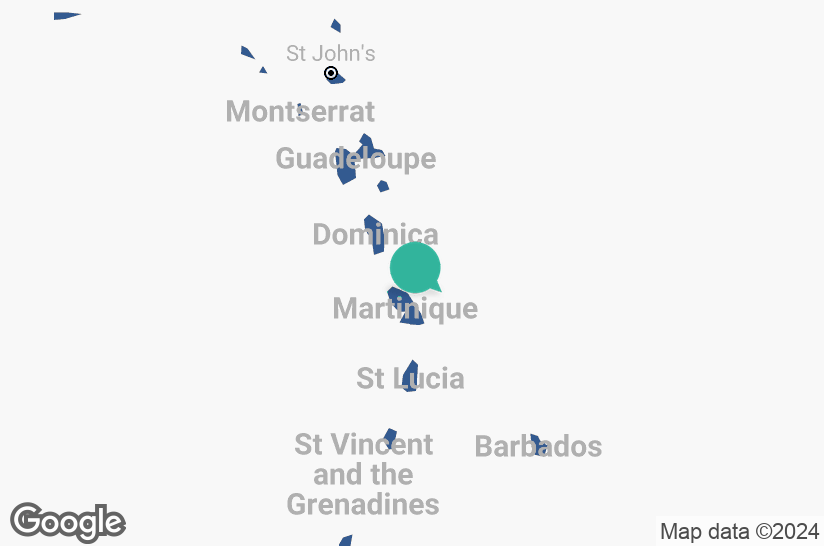The reserved lane public transport system in Martinique
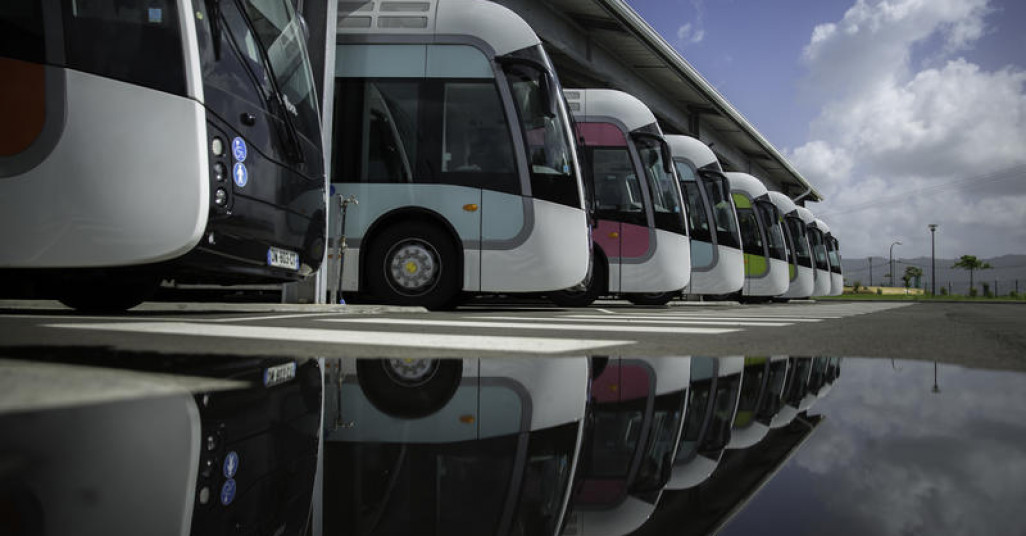

Taux de détention :
100%
Date de fin de la concession :
2035
Concession lenght
22 Years
Investissement total :
98,6 millions d'euros
In 2013, VINCI Railways signed a 22-year partnership agreement through its subsidiary CARAIBUS. The primary goal was to commission a reserved lane public transport system in the French overseas territory of Martinique by 31 December 2015. Throughout the entire duration of the concession, VINCI Railways will have to manage the financing, design, construction, maintenance and upkeep of the stations, exchange terminals and maintenance centre. The agreement also involved the financing, design, and construction of a bus rapid transit (BRT) system and the related on-board systems.
The first stage of the project, which connects Fort-de-France and Lamentin-Ducos, is now operational. A second section will be developed between Schoelcher and Rivère-Salée by around 2030. This new public transport route helps to reduce congestion on main roads in the area and offers local residents a more environmentally friendly way of getting around.
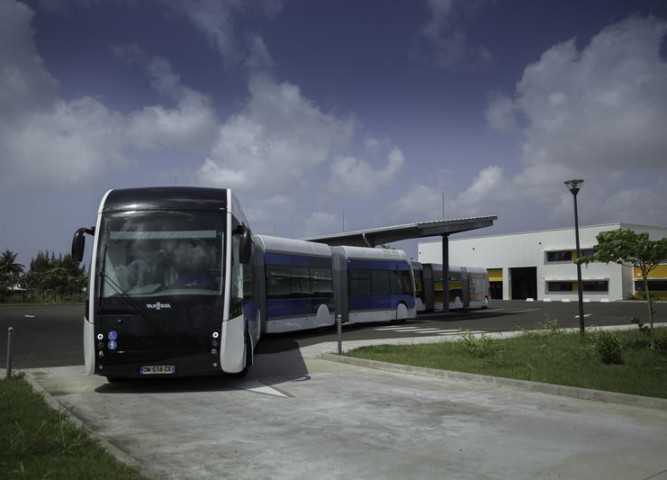
OPENING UPNEW OPPORTUNITIES
Reducing traffic congestion in Martinique
The island landscape of Martinique can make it difficult for people to get about, given the restricted space, delicate environment, volcanic land and influx of tourists. Consequently, the main roads are saturated. Over 100,000 vehicles travel along the island’s main trunk road every day. Martinique’s reserved lane public transport system is a comprehensive project to facilitate movement around the region. All land-based transportation systems operating in Martinique have been brought together at the multimodal transport hub in Fort-de-France. The system is completed by two exchange terminals – one at each end of the 14-km route – and a separate lane for traffic entering the capital has been built. A total of 18 stations were built to serve the entire island.
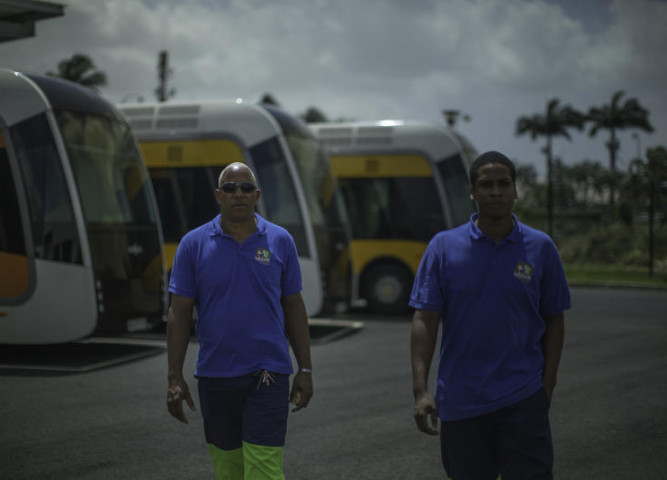
Boosting employment over the long-term
The construction and maintenance of Martinique’s reserved lane public transport system have acted as a catalyst for the economy and the job market. Over 32,000 hours of occupational integration were recorded, compared with the initial commitment of 25,000 hours. Moreover, one quarter of the work was sub-contracted to local SMEs.
Furthermore, Martinique’s reserved lane public transport system serves the main business districts, including business parks, industrial estates and educational establishments, opening new doors to people living on the island.
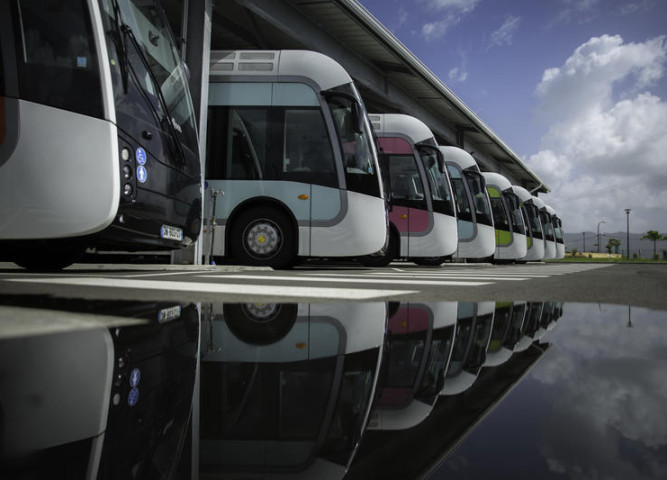
Promoting greener mobility
The 14 BRT buses were financed and built by VINCI as part of an effort to promote environmentally friendly modes of transport. They are hybrid vehicles that consume relatively little energy.

ChallengeMet
Maintaining traffic
Martinique’s reserved lane public transport system has become essential for the local community. Any disruption would have a significant impact on the region. This is why VINCI Railways has set up a maintenance centre that can repair up to three buses at the same time. The centre has the capacity to park 14 buses inside and houses the operational command centre. Continuity of service is an absolutely vital consideration of the project.

Keystages
- 2003 to 2013: investment of €200 million by the Regional and General Council to carry out preliminary work.
- 2013: signature of the partnership agreement.
- 2015: delivery of infrastructure.
- 2016: completion of snag list.
- 2017: testing of the reserved lane public transport systems.
- 2017: operational testing.
- 2018: start of commercial operations.
- 2020: opening of a reserved lane public transport system in Guadelope.
- 2020: opening of a reserved lane public transport system in French Guiana.

South Europe Atlantic High-Speed Rail Line
Since July 2017, VINCI Railways has brought together all of its expertise to operate this high speed line, which ...
See the infrastructure